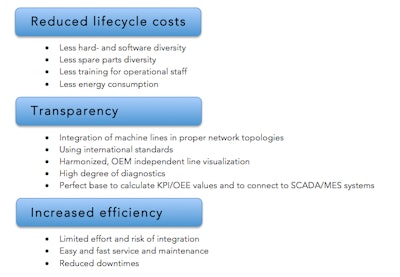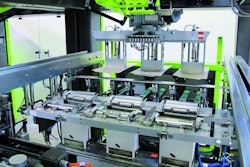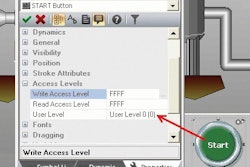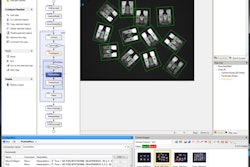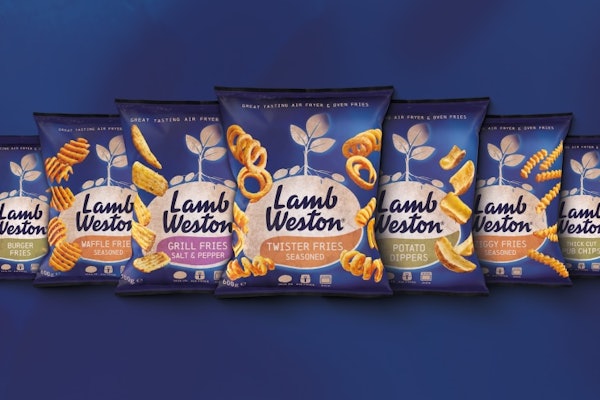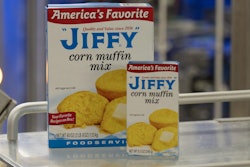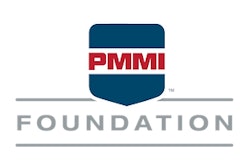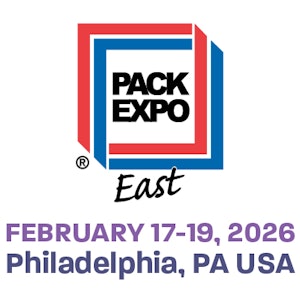In any manufacturing suite, people are looking for ways to optimize automation solutions. And when capital is spent on new equipment, manufacturers need the efficiency boost and improved functionality as soon as possible.
But this becomes complicated when a line includes solutions from many different vendors that use different technologies and languages. All too often, when new equipment arrives at the facility, the process of getting the line up and running is rocky and time-consuming.
Pamela Docherty, U.S. Life Sciences Industry Manager at Siemens, explains, “An optimized packaging line should include standard international tools, software packages that are common throughout the application, and spare parts that are common for consistent training and understanding by automation engineers, operators, and maintenance staff.”
The ultimate goal is for each OEM solution to have a common PLC, a common motion control, and an interface able to communicate with each machine as well as the existing infrastructure. Beyond the obvious benefits, this would address many lifetime costs: spare parts, training, and integration. “So how do we get to a solution like this? I want to make smarter decisions upfront so that when these OEMs arrive within my facility, I don’t have that additional work.”
International standards: PackML
As Docherty mentions, standard international tools are key to optimizing packaging lines across the industry and getting machines from different suppliers to work with each other. “We decided to create the organization, OMAC, to look at these kinds of [integration] problems,” says Bryan Griffen, Group Engineering Manager at Nestlé Corporate Engineering. One solution OMAC created was the packaging machine language, PackML. Griffen explains that the international, industry-wide standard grew out of the S88 standard for batch control from ISA. PackML does three things:
1. It provides a state model that every machine can follow. The 17-state state model defines the different states that a machine can be in. It provides a proper nomenclature for those states, and defines how to get into and out of the states, and what the states mean. “For example,” Griffen says, “it defines the difference between a held state, a suspend state, and an idle state.” In each of those states, nothing is moving through the equipment, but they mean different things. A held state means an internal problem is rendering the machine unable to run. A suspend state means another machine has a problem causing the machine to wait, while an idle state means that everything is ready to run, and the machine is waiting for the start command.
2. PackML provides a set of modes of operation. Modes of operation simply define what states are active in a particular situation. In automatic mode, all 17 states are likely active. However, in other modes, not all states may be active. “When I’m in jog mode, I don’t want the execute state (where everything happens in automatic) to be active. I want that cell to move only when I’m telling it to move for safety reasons.”
3. PackML also provides Pack Tags, packets of information that have been codified and set up so that they are consistent across the entire manufacturing process. For example, machine speed will always be a 32-bit floating point number in a tag called “current.machine.speed,” and its engineering units in primary packaged parts per minute. Pack Tags house many different kinds of information, including what state machines are in, details about recipe changes, running conditions, etc.
“What we’re getting to with PackML is the ability to send information and data from machine to machine so we can better integrate lines at a reduced cost,” Griffen notes, adding, “The idea is that we take these particular states and modes of operation along with a set of Pack Tags and we can put them in any PLC—regardless of what brand of PLC controlling the particular machine—and we can make them work together.”
Benefits for users, suppliers and integrators
Faster and easier integration is beneficial for the entire packaging industry. From an end-user standpoint, hiring a system integrator to put machines together can be very costly. They spend a significant amount of time investigating every machine on the line to find the permissive bits and get machines to communicate with each other. A common language like PackML gives a consistent, tag-driven data set that can be communicated from machine to machine, leading to faster integration. “That’s going to reduce our total cost of ownership and our installation costs. It’s going to reduce our repair costs because now my mechanics, my control technicians, all know where things are within the architecture,” explains Griffen.
The OEM also benefits from using common standards, particularly with regard to intellectual property. Machine builders must provide their IP to system integrators in order for them to understand how their machine works. Machine builders are not fond of dispensing that information to system integrators because they do not know where the information will travel next; an integrator may work on a line with the competitor’s machine and unintentionally share information through an off-hand remark.
With PackML, system integrators do not need to know that sensitive information. Knowing the mode and the pack tags (and, based on the machine state) they can control (1) the flow of information between the machines and (2) the operation of the line, without having to “dig” into the machine. This brings considerable IP security and peace of mind to machine builders.
Another main benefit for OEMs is consistency of code. PackML makes objects modular and reusable, and while most will require some alteration, it allows for quicker, easier assembly. For example, it may be possible to use the infeed from one machine and put it on the next machine, with some modification. This means that builders are able to produce machines and deliver them to customers more quickly, resulting in higher likelihood of repeat business.
At first glance, it may seem like the use of PackML takes away work and access from system integrators. But there are benefits for integrators as well, particularly when it comes to estimating integration costs. A company may have purchased Machine X and Machine Y, and the integrator has never seen either, but must guess the cost of getting them to work together. Being wrong can be very problematic.
With PackML, system integrators do not have those same concerns about what it will take to get machines to communicate. It allows them to focus on value-added tasks that reduce the end user’s cost of manufacturing, such as providing better interfaces that make operations more efficient. Griffen notes, “We want them to work on functionality versus bits and bytes of the machine. The system integrators that we’ve been working with are really driving that forward as their value-add.”
Additionally, the common language is helping to level the playing field for technology providers. In the past, an end user might specify that they wanted a certain brand, even if it wasn’t the provider that the OEM worked with. Now end users are more apt to let the machine builder use the best technology or PLC. They have more confidence that they will be able integrate technology into their line, which opens doors for technology providers.
Increasing engineering efficiency
By using international standards and integrated engineering, manufacturers can save on lifecycle costs, create transparency and increase efficiency. During her presentation at Pharma EXPO in Las Vegas in September, Docherty explained that by working smarter in the three key phases of a project (design, commissioning and maintenance), engineering efficiency can be increased by 30%.
During the design phase, data consistency and use of global libraries can save considerable time. Engineers manage different PLCs and HMIs, but by using a common tool, a block created with a PLC can be linked to the HMI so that adjustments are only made once: changes made to the tag can be automatically updated in both the PLC and HMI instead of making subsequent changes on a second software program. Libraries created by automation vendors can help to ensure consistent messaging, and allow for easier customization and machine configuration.
Some commissioning and pre-validation activities can be performed by simulating PLC and HMI code offline. Docherty also says that when a machine is down, the fault information should be more easily identified on the HMI or PLC, without the need for connecting to other devices. The faster that maintenance personnel can diagnose the error, the faster they can begin working to get the machine back online and reduce downtime.
“We’re using the tools the industry is providing to get to our answers quicker, and more efficiently,” explains Docherty. “This will give you a totally integrated automation approach, not only to your packaging line, but your whole facility.”
The risk in integration is being eliminated because companies know what they are getting ahead of time and know how the technology will fit in with the existing infrastructure. “There’s no longer that ‘Okay, the machine is here. Now what?’ situation that integrators used to face,” says Docherty.
Though the integration process is becoming easier, engineers must be sure to use and enforce the international standards from the start of the project to build truly optimized packaging lines.
